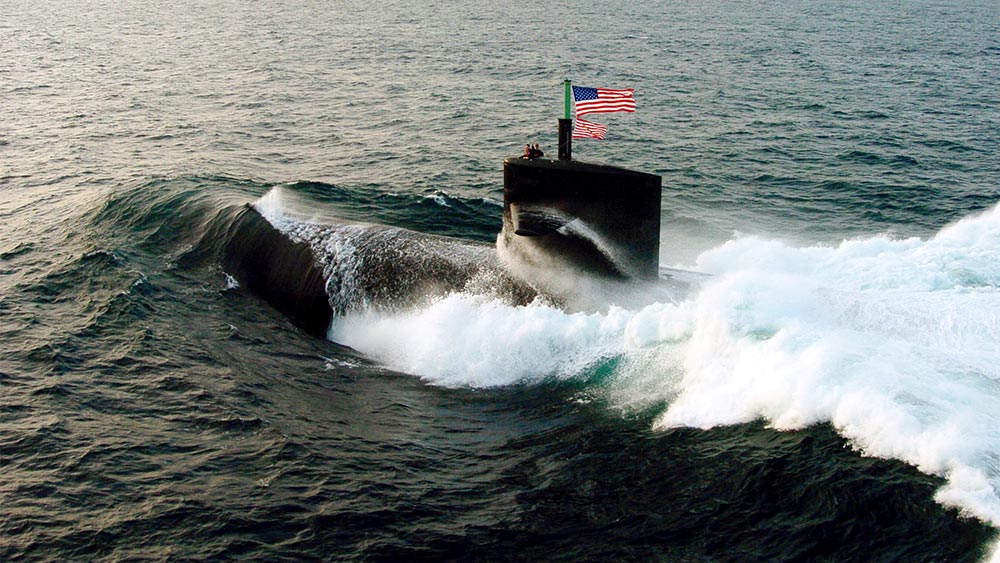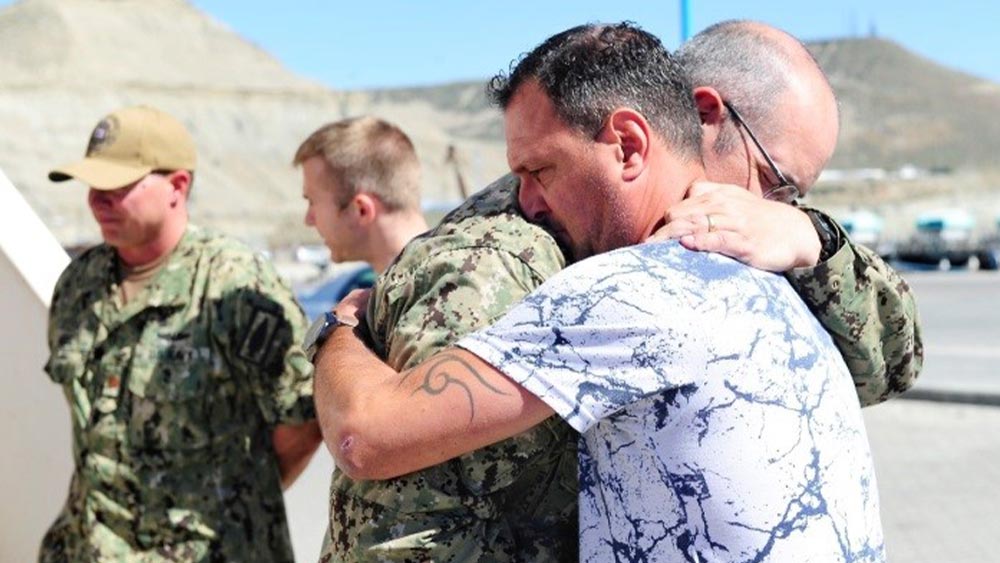
Retired Navy Capt. Richard Waer deployed on an undersea rescue mission in 2017 to locate and rescue the crew of the Argentine submarine ARA San Juan, which had disappeared off the Argentine coast on Nov. 15. The rescue mission included more than 200 personnel, a P-8 Poseidon aircraft, four submersibles, an underwater rescue unit and equipment in an effort to locate the 44 missing crew members.
The ARA San Juan was located one year later, but by then, Waer was already on his way to Texas A&M to train and educate a new generation of leaders and engineers as a professor of practice in the Department of Nuclear Engineering at Texas A&M University.
Waer retired after about 30 years in the United States Navy, with over 12 as an active duty member. In the Navy, he worked primarily on nuclear-powered submarines. His day-to-day tasks included taking submarines out to sea to ensure they operated correctly, as well as submarine and reactor repair at the shipyard.
Although Waer didn’t follow the traditional path to become a professor, the instinct for education comes naturally to him. As much as he enjoyed his time in the Navy and naval shipyard, the most rewarding experiences came from being a mentor.
“I’m sure I have some interesting projects that I’ve worked on, but for me, the best moments were always the ones where I had young engineers working for me and I could watch them grow and develop as scientists,” said Waer. “Seeing people excel and encouraging them as they move along in their career — that’s always a proud moment.”
Experiences like the search for the lost submarine can lead to lessons in perseverance and integrity.

“It was the weekend before Thanksgiving, and we dropped everything and worked for as long and as hard as we could,” said Waer. “Managing to transport the necessary people and equipment to South America in record time was an amazing feat. It showed that we don’t care about politics, we’re here to rescue people.”
As a professor of practice, Waer co-teaches a senior design course with Dr. Karen Kirkland and Dr. Jason Hearne. He also teaches an engineering dynamics course for the College of Engineering.
Like most professors of practice, Waer’s teaching method is a combination of textbook-style instruction with anecdotal stories about his career sprinkled into his lectures.
“With at least every lecture, I have a story that I can tell to make the content more relatable,” said Waer. “Students are here to invest in themselves, so I owe it to them to deliver the absolute best education that I possibly can.”